
Stone foxes stand guard at key points throughout the busy shrine as tourists come flooding in. These statues, although inanimate, appear as though they have been watching over the site. But more than sentinels, they are messengers, if Shintoism is to be believed. Foxes are often associated with Inari, a kami (spirit), who is the patron of rice, agriculture, fertility, commerce, and general prosperity. Most visitors, however, are not here for the foxes. The crowd almost always goes straight to thousands of vermilion torii gates that create an elaborate trail around the shrine.
Orange isn’t really my color, but there was a sudden explosion of joy inside me as soon as I spotted the first orange torii right after a row of souvenir shops. From here, my eyes wandered and searched for the thousand others, but they found the main gate, also shining in orange, towering across another giant torii. My eyes were relentless. If they had feet, they could have reached the sand dunes in Dubai or tennis resorts Mexico. Hold your tater, I whispered to myself. You’ll see them soon enough. A group of tourists gathering around a fountain stole their attention temporarily.
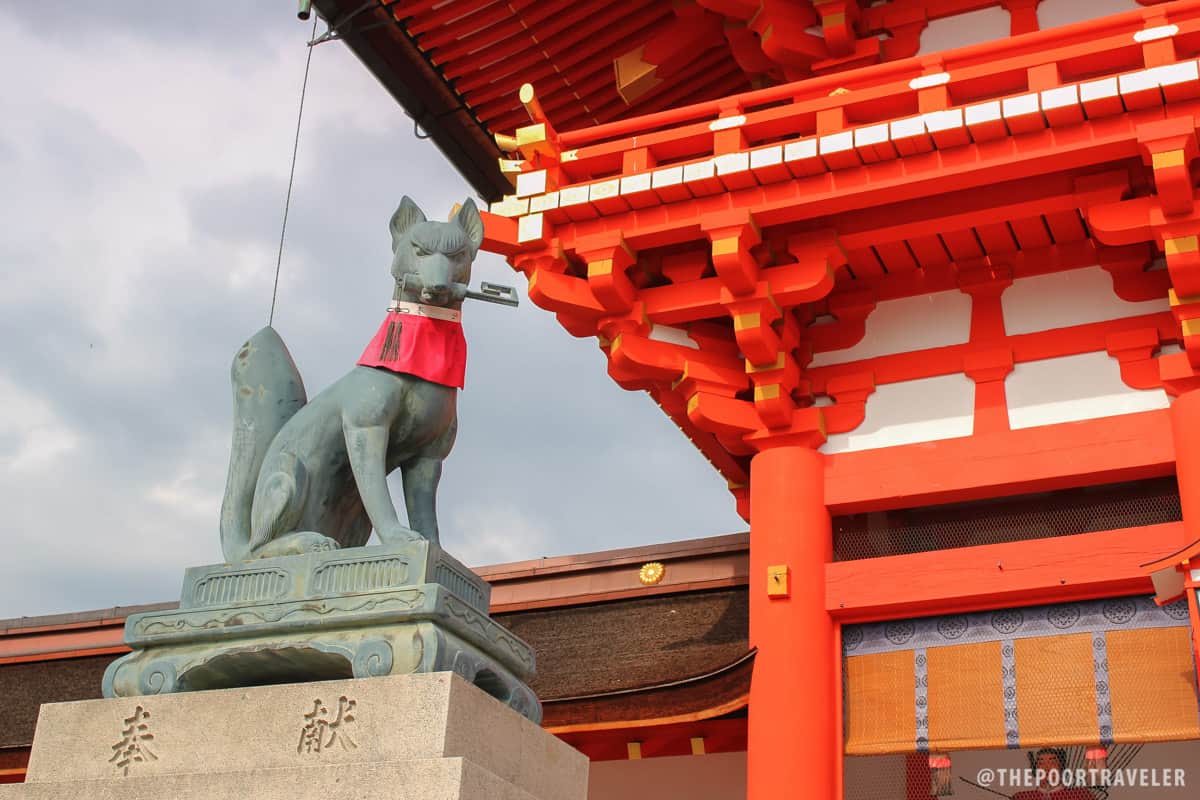
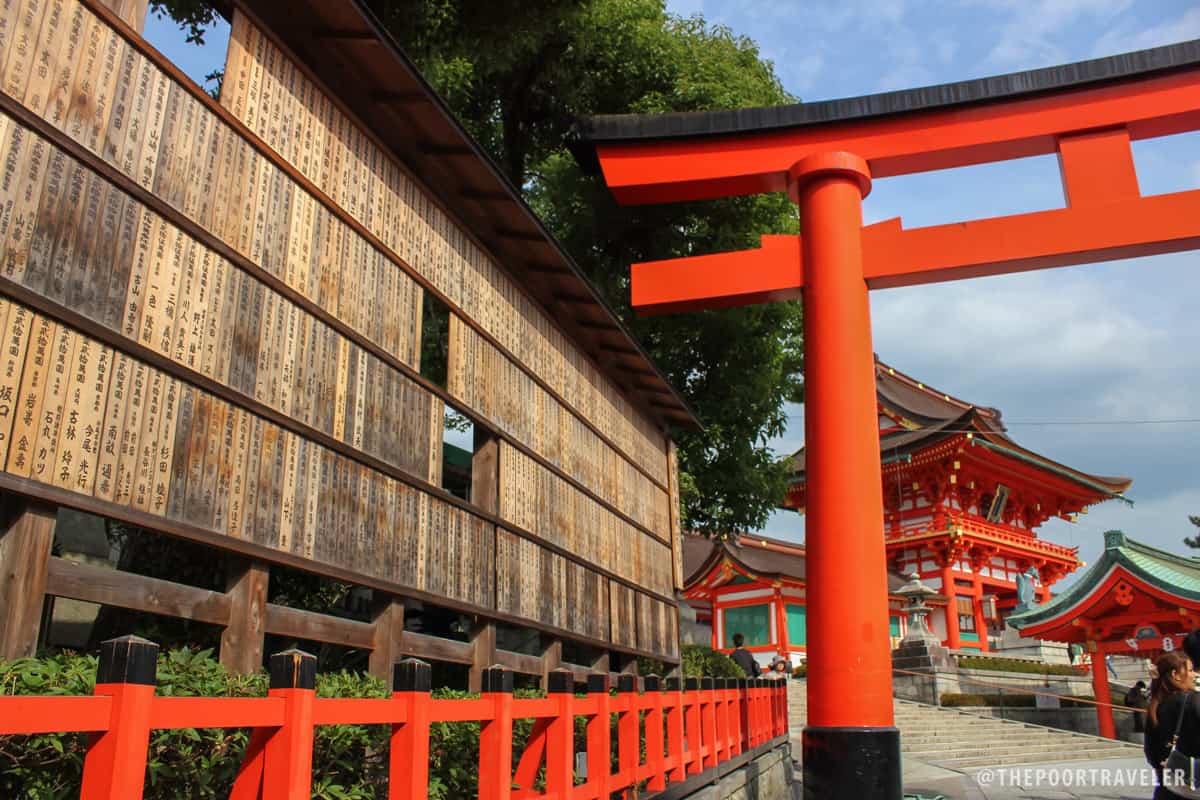
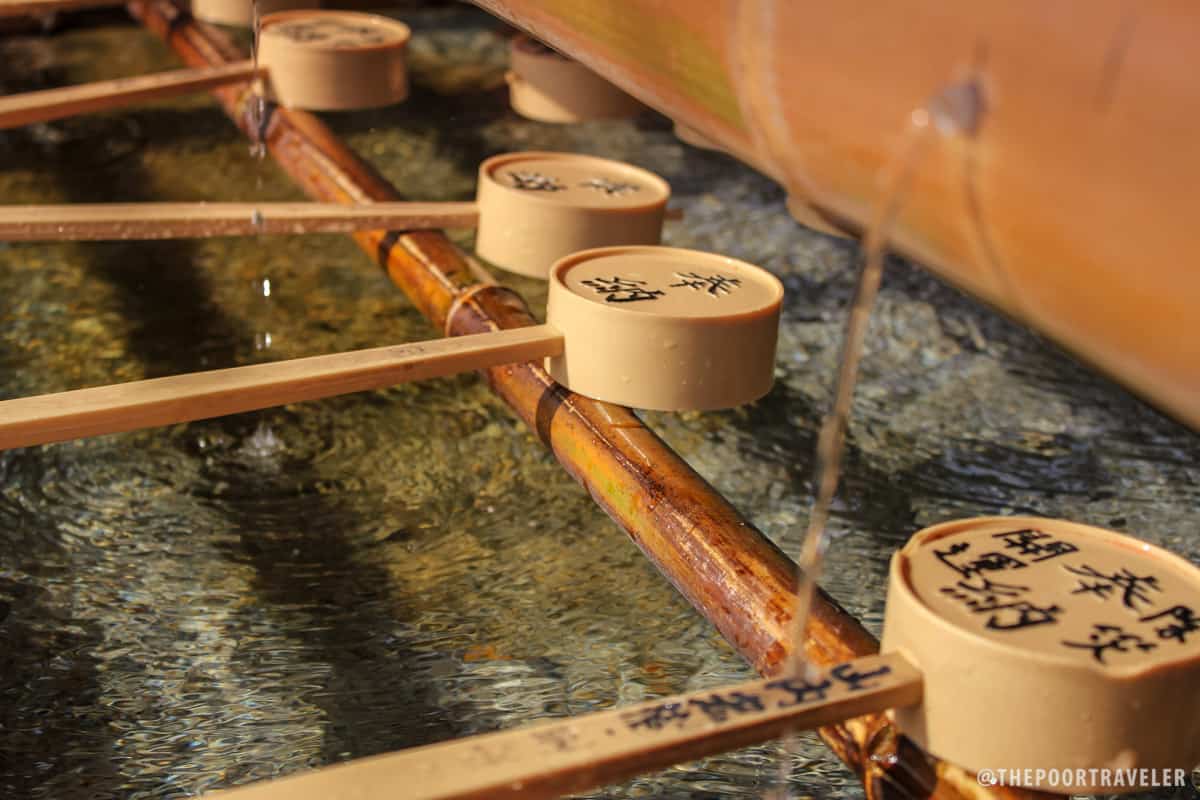
Fushimi Inari Shrine (伏見稲荷大社 or Fushimi Inari Taisha) is the most well-known and most important Shinto site that is dedicated to Inari in the city of Kyoto, Japan. While the thousand torii gates are the most picturesque parts of the site, they are but trails that connect the shrines and other places of worship. The shrine was built in 711 by one Hata-no-Irogu. According to legend, he was a powerful man, who one day shot an arrow at rice-cake target. To his surprise, the rice cake transformed into a swan and perched on a peak of the mountain. Rice began growing at the site, sustaining the community. A shrine was erected as a tribute to the god of rice, Inari. In 816, it was moved to its current location, at the base of the Inariyama hill.
The main tower and the main shrine, built in 1499, are the first to welcome visitors. Behind them are smaller torii gates. Known in the vernacular as Senbon Torii (literally “thousands of torii gates), they stand very close to one another, forming what two parallel lanes that lead to an inner shrine. Each gate was donated by an organization or individual, whose names you will find inscribed at the back. How many people flock here at any given day? I have no idea. What I know is, it is extremely difficult to have a picture taken at any point under the arches without having anyone else in the frame. Just when I thought the coast was clear and safe for a human-free picture, someone appeared from the other end of the orange tunnel and bombed the photo unintentionally. Or maybe it was just a bad time.
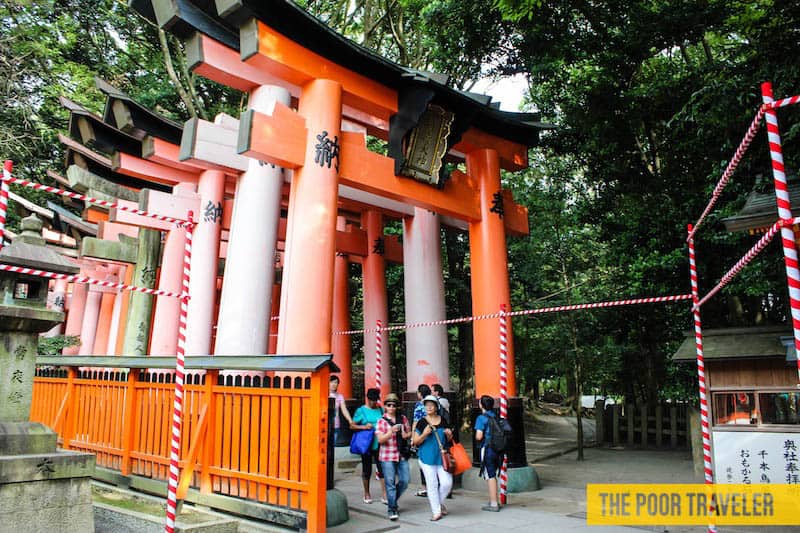
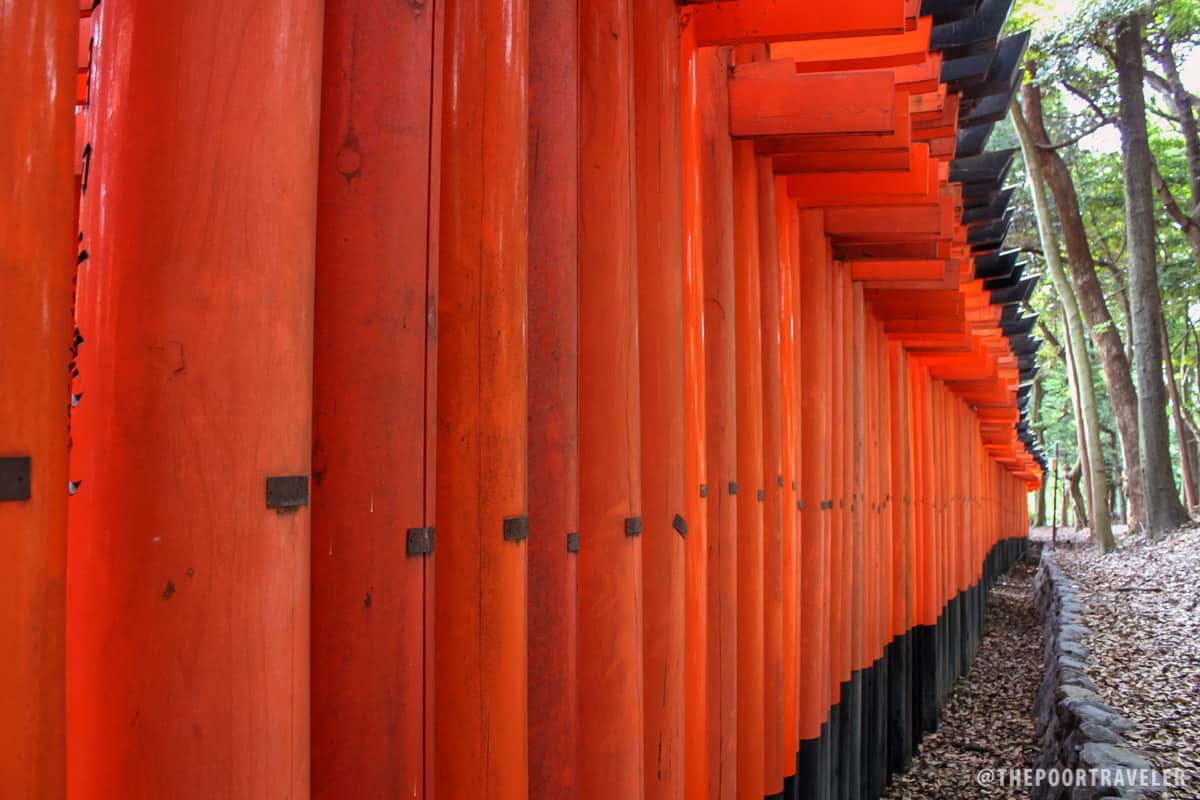
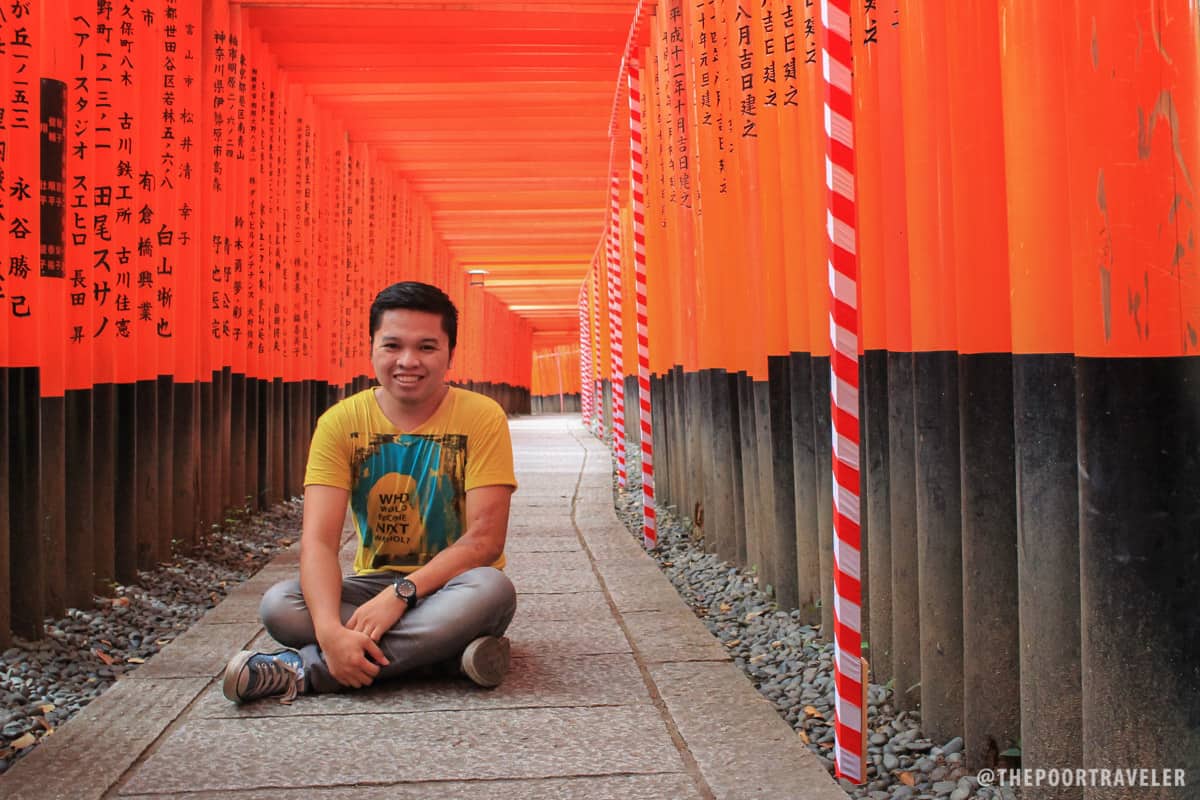
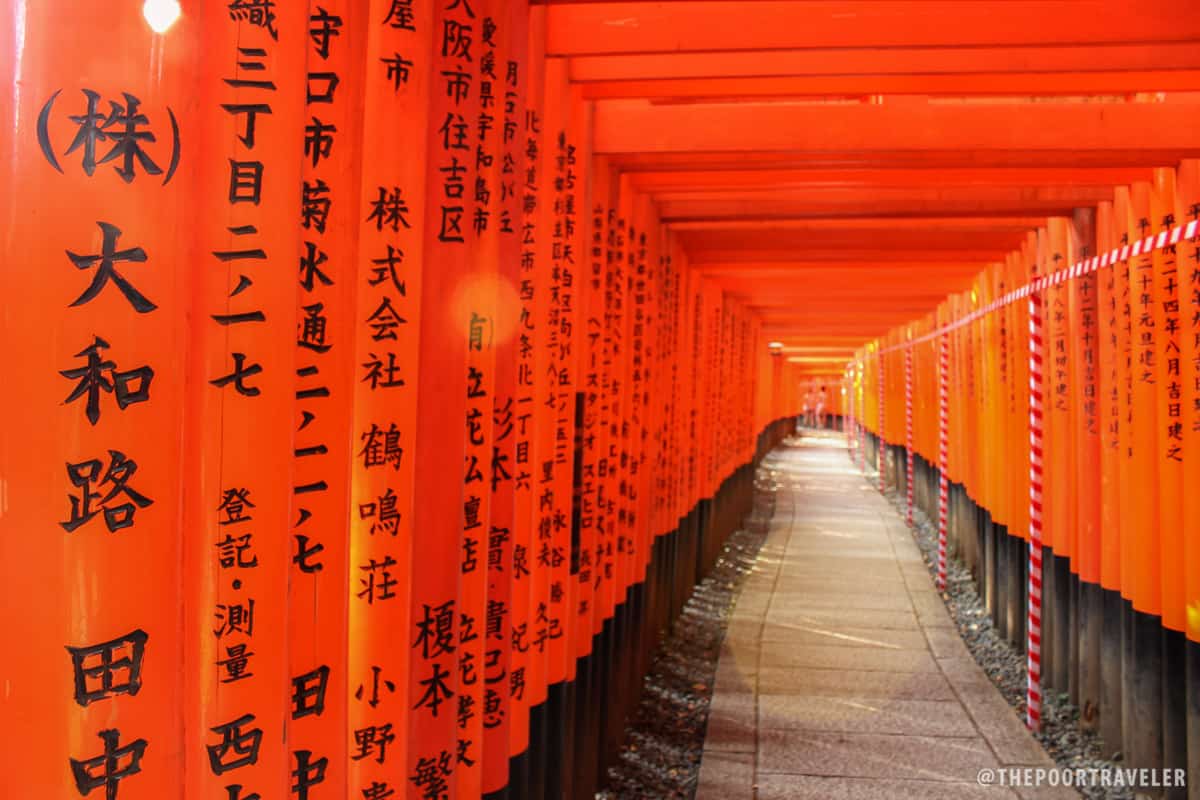
But the domino-like arches aren’t the only things that captivate. The shrine buildings themselves are worth a thousand stares. Even the Romon Gate at the entrance is arresting, especially after learning that it was given by preeminent daimyo Toyotomi Hideyoshi in 1589. Those who have the time and energy are free to go farther into the mountain and explore. After a 40-minute trek, the Yotsutsuji Intersection treats visitors to a good view of the city. Double the time and the summit greets visitors, although most of them turn around before reaching it as the sights become repetitive and the number of gates dwindle.
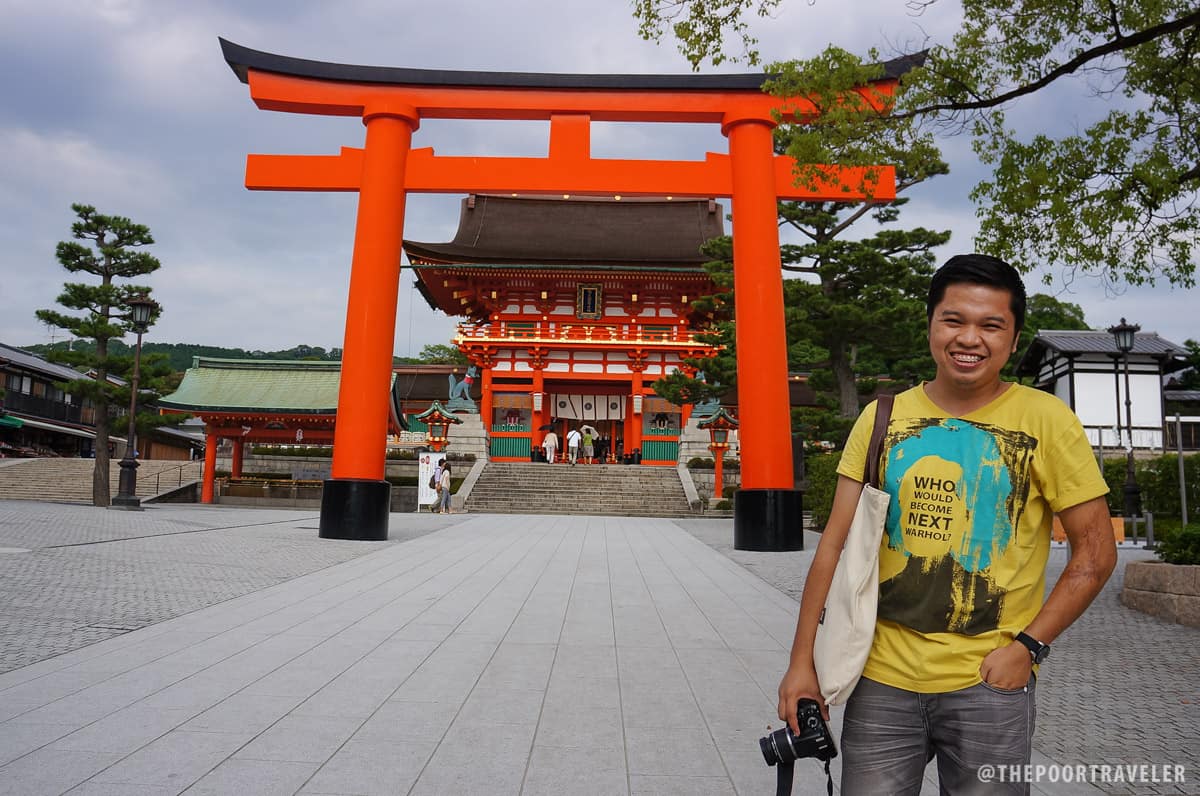
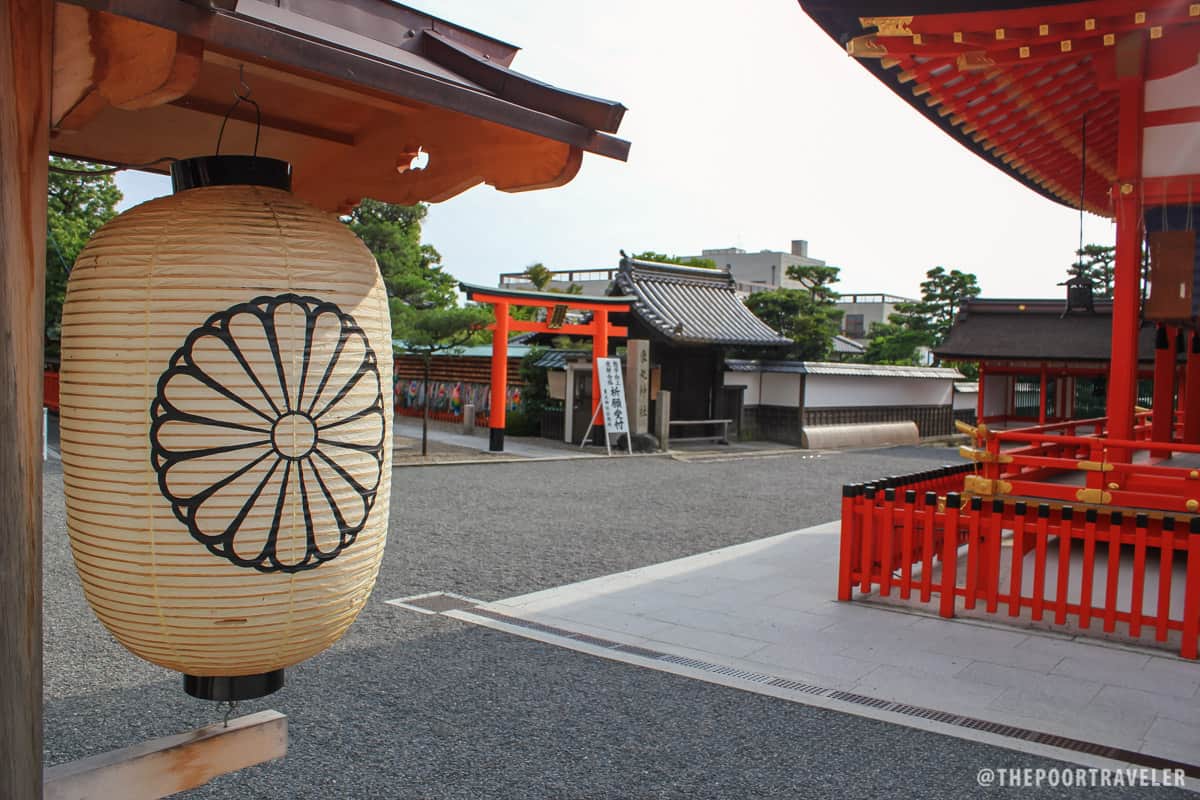
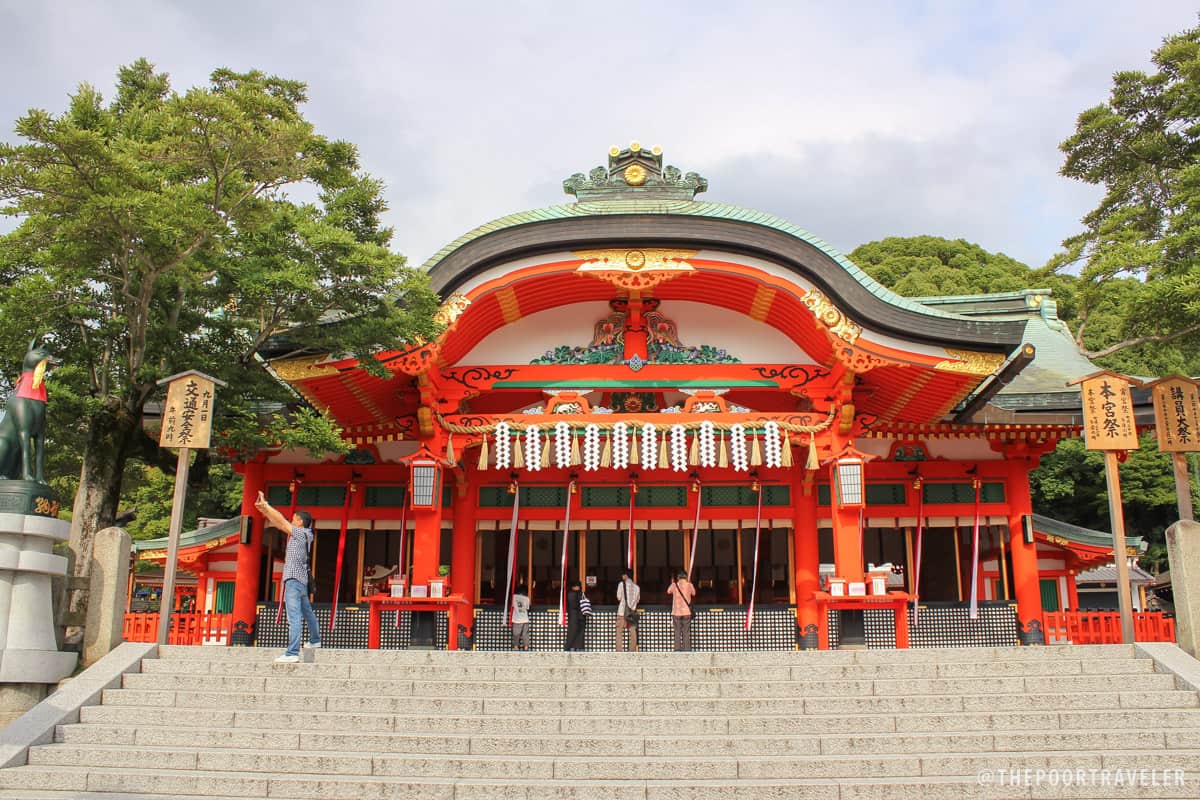
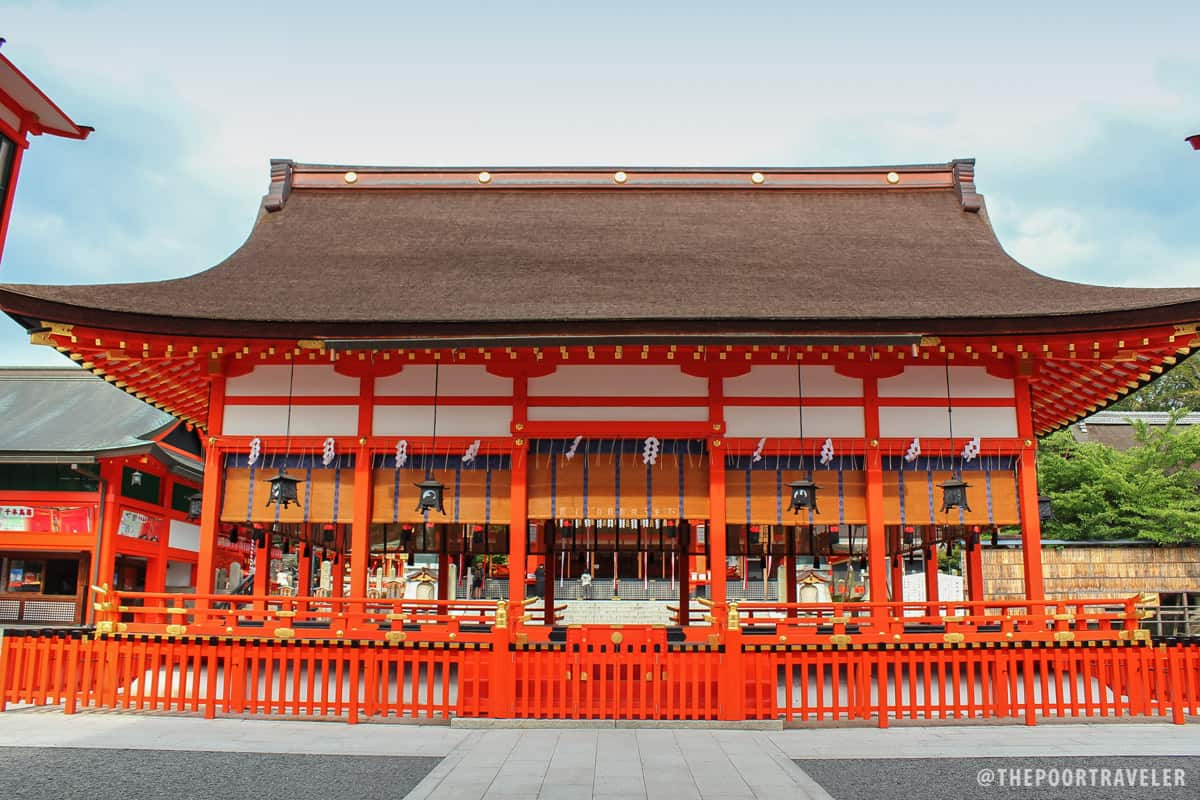
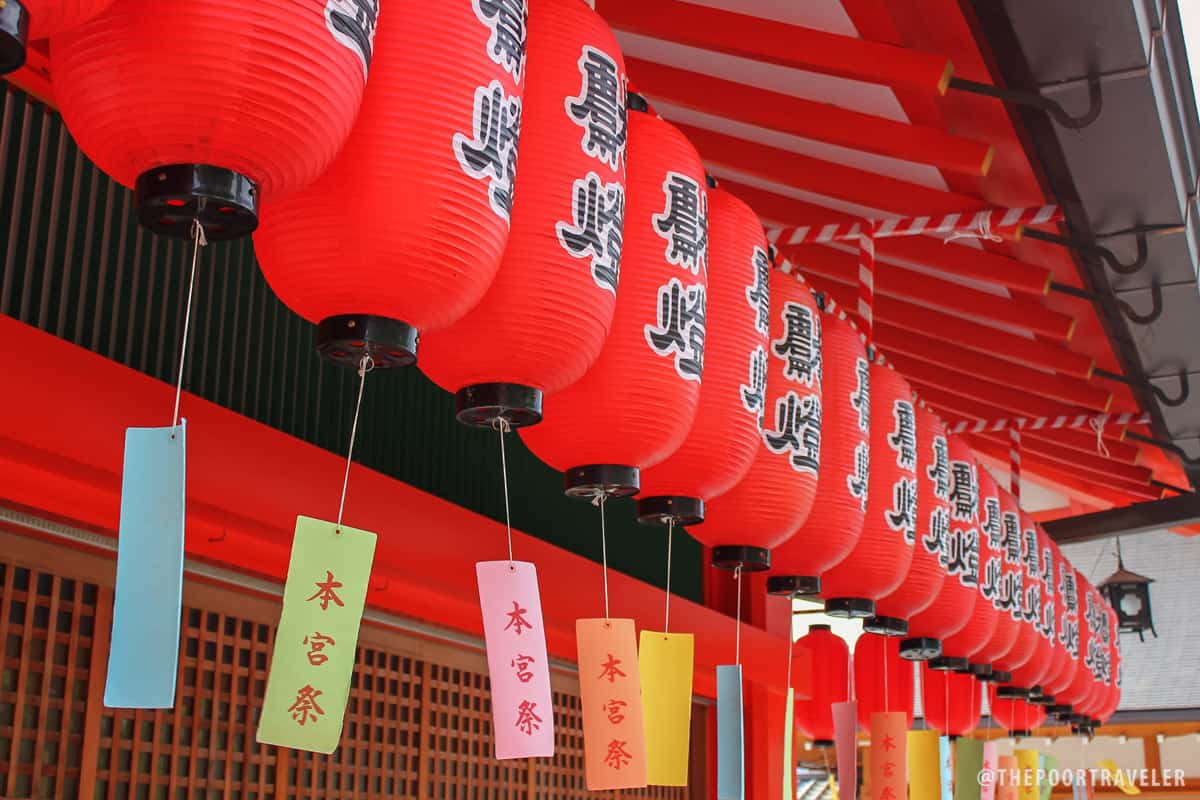
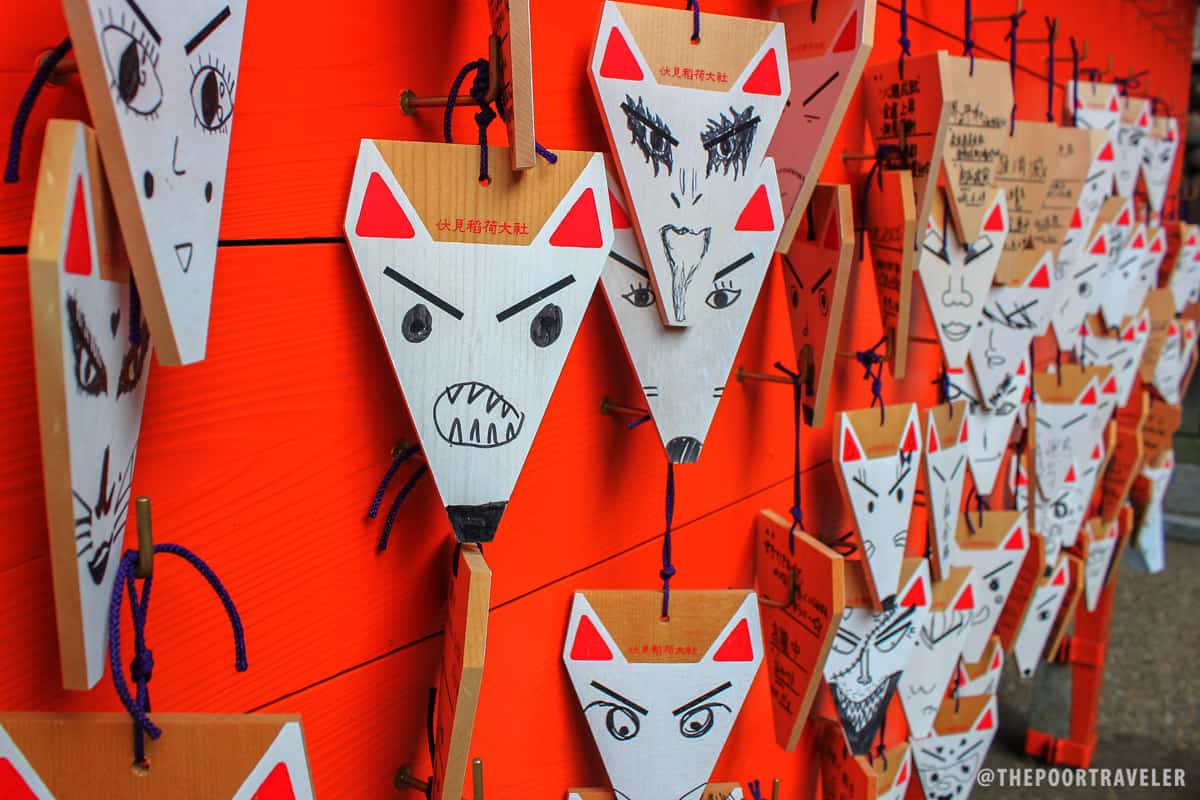
After hours of walking around, I was back under the first torii I spotted. It had been an orange afternoon, a very orange afternoon. And I wasn’t complaining. Not at all. Not when you’re surrounded by a glowing magnificence that comes from somewhere far deeper than its color.
Posted: 2013 • 8 • 2
How to get to Fushimi Inari Shrine: From Kyoto Station, take the JR Nara Line and alight at JR Inari Station. It is also accessible from Fushimi-Inari Station of the Keihan Main Line. The shrine is just a short, easy walk from either.
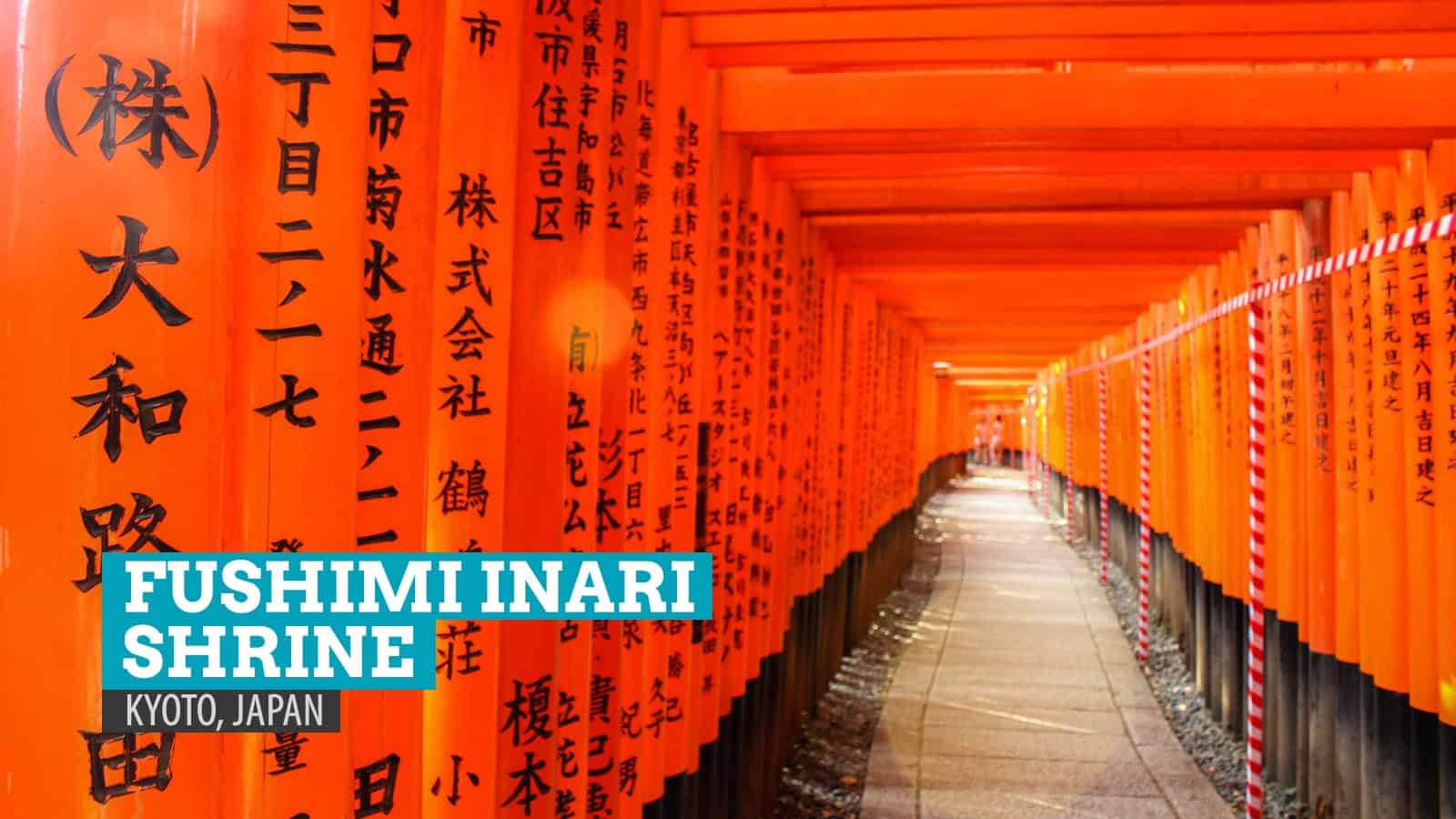
























Hello. Nice article.. how far is it from inari station to the 1000 tories gate in the pictures? 15 mins of walk or 30 mins>?
If I remember correctly, 15 minutes. The station is in front of the shrine. Then from there, it’s just a short walk away.
5 minutes. The station is right in front of the temple.
How much time should I give to visiting this place? I know I’d love to have a summit view of the shrine as I’m a hobby photographer